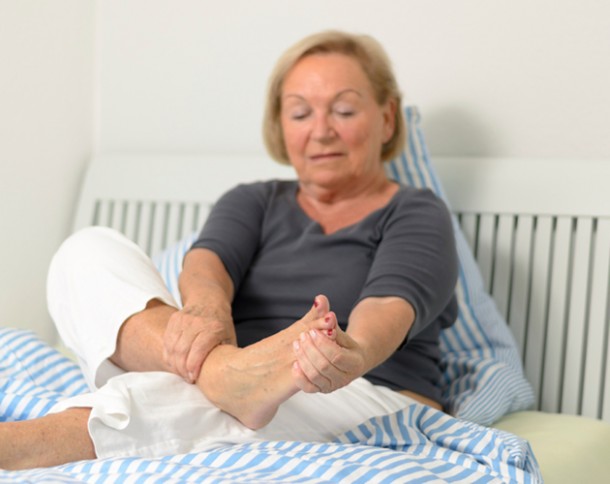|
What is a Plantar Wart? Zoomer | April 19th, 2016
A wart is a small growth on the skin that develops when the skin is infected by a virus. Warts can develop anywhere on the foot, but typically they appear on the bottom (plantar side) of the foot. Plantar warts most commonly occur in children, adolescents, and the elderly. Causes Plantar warts are caused by direct contact with the human papilloma virus (HPV). This is the same virus that causes warts on other areas of the body. Not everybody who comes in contact with the virus will develop warts – even members of the same family will react differently to the virus. The virus thrives in warm, moist environments, so is most commonly transmitted in swimming pools or public shower areas. The virus also needs an entry point into the skin such as cracks, cuts or scrapes, or wet, softened skin. Symptoms Symptoms of a plantar wart may include:
Treatment Although plantar warts can clear up on their own, most patients desire faster relief – especially if the wart is painful. The goal of treatment is to completely remove the wart. There are several at home remedies that are effective around 50% of the time. If the wart does not clear up, it is imperative to see a podiatrist to treat the wart. Before you visit your podiatrist, to ease the pain caused by the wart, it is best to wear well cushioned athletic shoes. To diagnose a plantar wart, the podiatrist will examine the patient's foot and look for signs and symptoms of a wart. Typical signs that the podiatrist will look for are:
The podiatrist may use topical treatments, laser therapy, cryotherapy (freezing), acid treatments, or surgery to remove the wart. Treatment protocol differs largely based on the age of the patient, the severity of the actual infection, and the location of the wart on the foot. Regardless of the treatment approaches undertaken, it is important that the patient follow the surgeon's instructions, including all home care and medication that has been prescribed, as well as follow-up visits with the surgeon. Warts may return, requiring further treatment. Although there are many folk remedies for warts, patients should be aware that these remain unproven and may be dangerous. Patients should never try to remove warts themselves. This can do more harm than good. Prevention There are many things to be done to avoid developing plantar warts. These include wearing shoes in public swimming or change-room areas, avoiding direct contact with warts (including your own), practicing proper foot hygiene, and not picking at existing warts. May is foot health month. Don't ignore your tootsies! |




.png)

